Search
03324 THE ROLE OF ACETATE IN CO2 CORROSION OF CARBON STEEL STUDIES RELATED TO OILFIELD CONDITIONS
Also Purchased
02273 THE ROLE OF ACETATE IN CO2 CORROSION OF CARBON STEEL: HAS THE CHEMISTRY BEEN FORGOTTEN?
Product Number:
51300-02273-SG
ISBN:
02273 2002 CP
Publication Date:
2003
$20.00
99021 THE ROLE OF ACETATE IN CO2 CORROSION: THE DOUBLE WHAMMY
Product Number:
51300-99021-SG
ISBN:
99021 1999 CP
$20.00
99024 ROLE OF FREE ACETIC ACID ON THE CO2 CORROSION OF STEELS
Product Number:
51300-99024-SG
ISBN:
99024 1999 CP
$20.00




